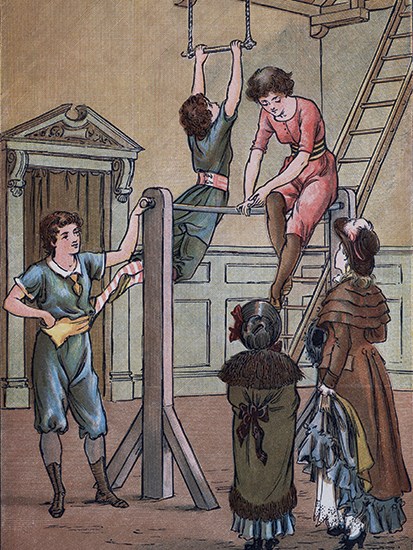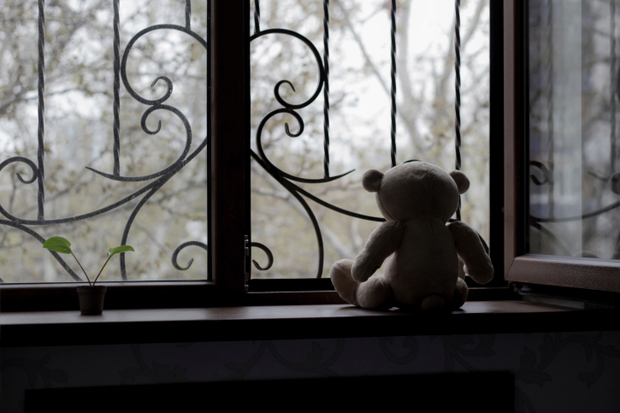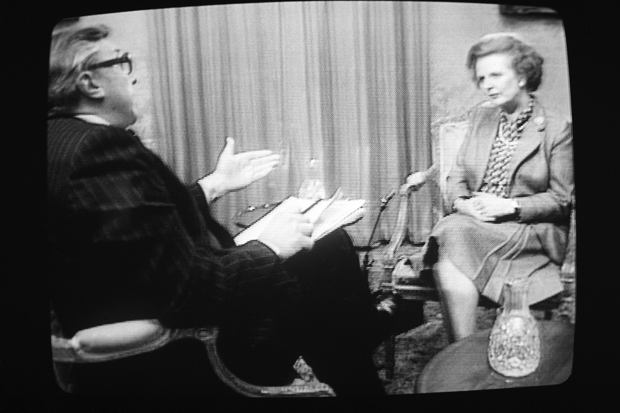My favourite fact about gyms before reading this book was that the average British gym member covers 468 miles per year and the average British dog walker 676. Eric Chaline’s history of the institution has offered up some competition on the fact front — but my cynicism remains undimmed.
Chaline, a personal trainer and weightlifting instructor, certainly shows that ‘gym-bunny’ doesn’t have to equal ‘numbskull’. The book is learned and well-researched, and although this sometimes gives us sentences such as ‘The body plays a central role in the transformation of abstract social discourses into lived actions and identities’, it also furnishes some pretty interesting history.
We start with the Ancient Greeks, whose gymnos (‘naked’) gave us the word ‘gymnasium’ in the first place. That’s how they exercised, you see, although because large penises were unfashionable back then you had to tether the old chap to your waist with a leather thong. Not that it wouldn’t see action: Greek gyms were hotbeds of gay sex, to the extent that boys were told not to sit in the sand lest the impressions left by their genitals arouse the elders. A more calming influence was the flute music that accompanied proceedings, the ancient equivalent of Bruno Mars on the iPod.
Fourth-century Christians banned gyms (indeed all athletics) — ironic from the viewpoint of today, when the gym has replaced the church as many people’s place of worship. An Italian physician of 1569 recommended holding your breath as a way of exercising, but it was the 19th century before gyms really flourished again. Mac-laren’s in Oxford boasted the trunk of a 60-foot Norwegian spruce as its climbing frame, while at the gymnase de Triat in Paris groups of men were put through their paces dressed only in red tights. Funnily enough lots of women turned up to watch.
Spectators also flocked to Santa Monica’s open-air gym on Muscle Beach, at least until 1959 when the authorities closed it for being ‘freakish, homoerotic and unbalanced’. (Talking of which, you may wish to avoid the photo of a bodybuilder on page 136 if you have recently consumed food.) Two decades later the Village People honoured Manhattan’s YMCA on East 48th Street: the hit was inspired by all the gay New Yorkers who went to YMCAs to use the gym (among other things).
We also encounter Vic Tanny, the American whose establishments asked members to refrain from grunting or groaning, and Jane Fonda, whose workout video forced gyms to introduce sprung floors, so often were members injuring themselves by recreating the high-impact aerobics moves. Meanwhile Saturday Night Fever led to a craze for dance classes, and Arnold Schwarzenegger once trained with two Californian blondes sitting on his back.
Perhaps this last option might entice more gym members to stick with it. Chaline admits that almost a quarter of Americans lapse within their first year, and cites a friend who moved to a budget gym because ‘when he was a member of a more expensive gym and he did not use it, he felt he was not getting his money’s worth’. Presumably he’ll now continue not to go and feel he’s saving money. It would be typical of the twisted logic these places instil in their users. My partner is a serial joiner-avoider. For one of her occasional visits she asked me to give her a lift to the gym, then complained when heavy traffic meant she had to walk the final 200 yards.
Got something to add? Join the discussion and comment below.
Get 10 issues for just $10
Subscribe to The Spectator Australia today for the next 10 magazine issues, plus full online access, for just $10.
Available from the Spectator Bookshop, £17.50 Tel: 08430 600033
You might disagree with half of it, but you’ll enjoy reading all of it. Try your first month for free, then just $2 a week for the remainder of your first year.














Comments
Don't miss out
Join the conversation with other Spectator Australia readers. Subscribe to leave a comment.
SUBSCRIBEAlready a subscriber? Log in